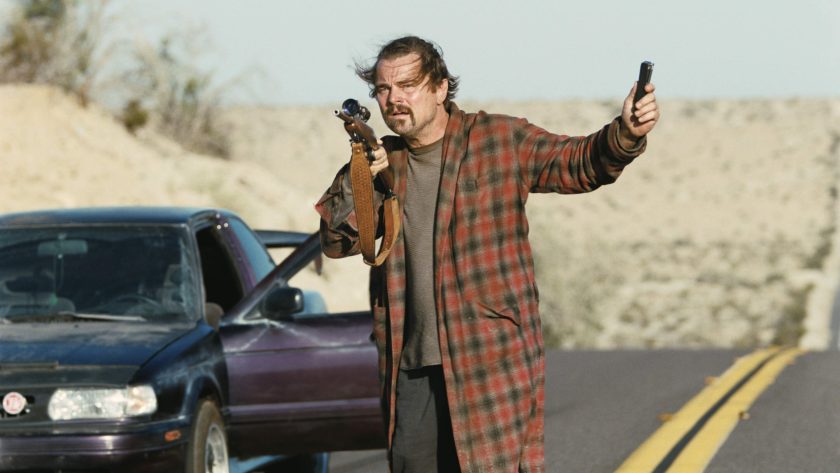Paul Thomas Anderson’s One Battle After Another stands out as an absolute blockbuster of resistance against hatred. It firmly opposes the current wave of franchise-dominated, commercially-driven, and politically-neutral muck coming out of Hollywood.
The production of a film is a rare focal point for me, yet given this context, I can’t help but feel this is a significant moment in Hollywood history. For the first time, a studio has green-lit a feature worth over $100 million which directly challenges the dictatorial rhetoric and actions of the current American political administration. In a media climate that is becoming increasingly censored, will we see more of these films before President Trump cracks down further on the arts and it’s too late?
It is unlike the Vietnam War, when Hollywood shied away from controversy, only engaging with the issues later when the conflict had already ended and one of the main culprits, President Nixon, had resigned in ignominy. One Battle After Another has landed in cinemas at a time when American democratic institutions are falling apart, but not all has been lost… yet.
Everything you see on screen is what you’ve already been seeing all over social media and the news if you’re politically engaged: the opening shot of Teyana Taylor’s Perfidia walking above an ICE detention centre immediately sets a pertinent tone. At one point in the film, Anderson’s camera follows a man dressed up as a protester who joins a sanctuary town riot and you fear the worst. You think he’s an infiltrator ready to cause trouble; you think he’s ICE. Turns out it was a false flag, but Anderson’s connoted messaging is strong. Why did we jump to that conclusion and way of thinking? Is this what things have come to?
One Battle After Another, an adaptation of Thomas Pynchon’s 1990 novel Vineland, confidently addresses a variety of immigration-related issues, including the concept of sanctuary, but the film’s real strength lies in its presentation of the central moral battle. You aren’t told what’s good or bad, but the feeling of injustice is ignited. White fascists mull over their fanatic beliefs and run on bigotry, whilst left-wing revolutionaries make incredible personal sacrifices towards their aspiration of a world free from hate.
I also appreciated the message that we can resist in all sorts of ways, no matter what we look like or how old we are. Resistance takes on different forms in the film, from literally explosive acts of civil disobedience to the quieter, more subtle acts of help from those living within the system. Be like Benicio del Toro’s Sensei: leave a fire door open, give your comrade a lift and a couple of Modelos, then throw them out of the car before the police catch up! Little moments like that put a smile on your face and they don’t detract from the film’s serious underlying message. Someone that I was very close to in the States told me a couple of months ago that being joyful is how she resists the hatred.
The evil in One Battle After Another has a human face, albeit a pretty screwed up one. Sean Penn delivers a terrific performance as the main antagonist Colonel Steven J. Lockjaw. He’s nothing but a horny and repressed expression of bigotry: the product of an environment where his masters, in their spotless suits, implore Lockjaw to do the dirty work for them. I particularly appreciated how Penn carries the evil of his character like a physical mutation through his creepy walk and facial expression.
Meanwhile, Leonardo DiCaprio finally embraces his degenerate status and plays a character that you can simultaneously laugh at and empathise with. It’s a refreshing break from the manicured image which made him such a big box office success in the first place. DiCaprio has built his career by traditionally aligning with the system, but in recent years, his performances suggest he’s decided to head in the opposite direction to what those in power want him to be.
At a time when media algorithms and feeds are negatively impacting our ability to concentrate, this film will give those who watch it a valuable 162-minute space for contemplation about what’s going on in America right now. This is a freedom that too many take for granted. Even if I’d personally like the film’s messaging to be stronger in some respects, the fact that such a resistant film convinced a major American corporation to invest so much money during these times speaks volumes. Keep fighting the fight in whatever way you can, One Battle After Another.




